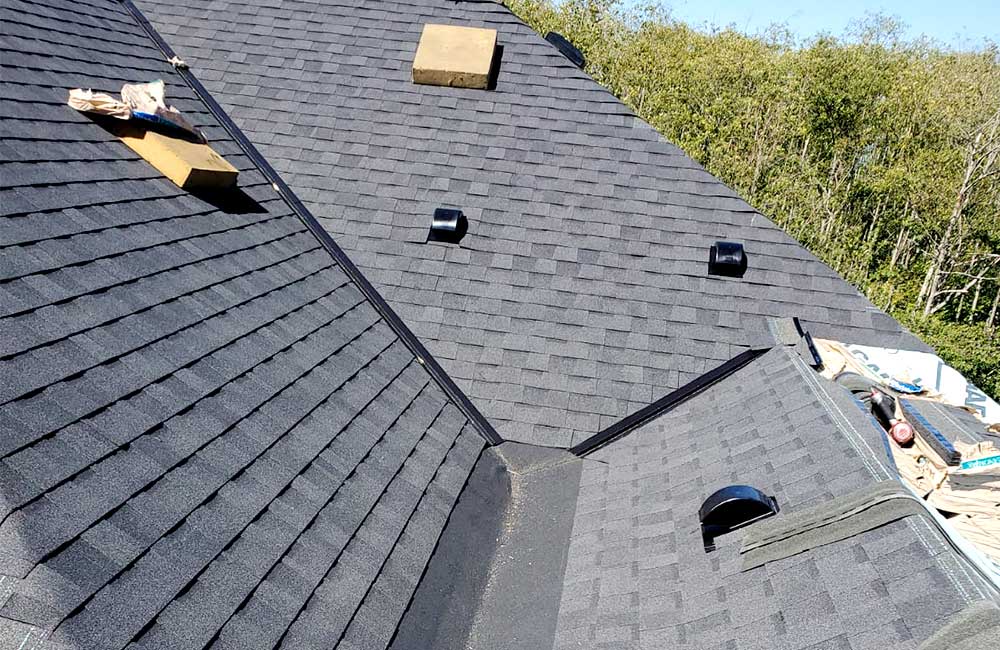Introduction:
Metal roofing is a popular choice for homeowners seeking durability, longevity, and energy efficiency. Proper installation is crucial to ensure the performance and longevity of a metal roof. In this comprehensive guide, we'll walk through the steps involved in metal roof installation, provide tips for a successful installation process, and highlight important considerations for homeowners considering this roofing option.
Pre-Installation Preparation:
a. Roof Inspection:
- Conduct a thorough inspection of the existing roof structure to assess its condition and identify any repairs or reinforcements needed.
- Ensure that the roof deck is clean, dry, and free from debris before installing the metal roofing panels.
b. Measurements and Materials:
- Take accurate measurements of the roof area to determine the quantity of materials needed for the installation.
- Order high-quality metal roofing materials from a reputable supplier, ensuring they are suitable for the specific requirements of your project.
c. Safety Precautions:
- Prioritize safety by providing appropriate personal protective equipment (PPE) for workers, including gloves, safety glasses, and non-slip footwear.
- Use fall protection systems, such as harnesses and guardrails, when working at heights to prevent accidents and injuries.
Installation Process:
a. Underlayment Installation:
- Install a waterproof underlayment, such as synthetic membrane or asphalt-saturated felt, over the roof deck to provide an additional layer of protection against moisture infiltration.
- Ensure the underlayment is properly overlapped and securely fastened to the roof deck to prevent water penetration.
b. Flashing and Trim Installation:
- Install metal flashing around roof penetrations, such as chimneys, vents, and skylights, to prevent water leaks.
- Attach metal trim pieces along roof edges, valleys, and eaves to provide a finished appearance and protect vulnerable areas from water damage.
c. Panel Installation:
- Begin installing metal roofing panels from the eaves upwards, overlapping each panel according to manufacturer specifications.
- Use appropriate fasteners, such as screws or nails, to secure the panels to the roof deck, ensuring they are properly spaced and seated to prevent wind uplift and water infiltration.
- Follow the recommended installation pattern and technique for the specific type of metal roofing panels being used, whether standing seam, metal shingles, or corrugated metal.
d. Ridge Cap Installation:
- Install ridge caps or ridge vents along the peak of the roof to provide a watertight seal and ventilation for the attic space.
- Secure the ridge caps with screws or nails and apply sealant to the seams to prevent water penetration.
Tips for Successful Installation:
a. Follow Manufacturer Guidelines:
- Adhere to the installation instructions and guidelines provided by the manufacturer of the metal roofing materials to ensure proper installation and warranty coverage.
b. Use Proper Tools and Equipment:
- Use specialized tools and equipment designed for metal roofing installation, including metal shears, nibblers, and standing seam roofers, to achieve precise cuts and fastening.
c. Pay Attention to Detail:
- Take care to align panels properly, maintain consistent panel spacing, and seal all seams and fastener penetrations to prevent water leaks and ensure a professional finish.
d. Monitor Weather Conditions:
- Schedule metal roof installation during dry weather conditions to minimize the risk of moisture-related issues and ensure optimal adhesion of sealants and underlayment.
Considerations for Homeowners:
a. Warranty and Maintenance:
- Verify the warranty coverage provided by the manufacturer and installer for the metal roofing materials and installation work.
- Follow recommended maintenance guidelines, including periodic inspections and cleaning, to prolong the lifespan of the metal roof and prevent potential issues.
b. Energy Efficiency and Insulation:
- Consider adding additional insulation under the metal roof to improve energy efficiency and thermal performance, especially in colder climates like Vancouver.
c. Local Building Codes and Regulations:
- Ensure compliance with local building codes, zoning regulations, and permit requirements for metal roof installation in your area.
- Obtain necessary permits and inspections from local authorities before commencing the roofing project.
Conclusion:
Metal roof installation requires careful planning, attention to detail, and adherence to manufacturer guidelines to ensure a successful outcome. By following the steps outlined in this guide, homeowners can achieve a durable, long-lasting metal roof that provides reliable protection and energy efficiency for their homes. Whether installing a standing seam roof, metal shingles, or corrugated metal panels, proper preparation, quality materials, and skilled craftsmanship are essential for a seamless and professional installation process.


No comments yet